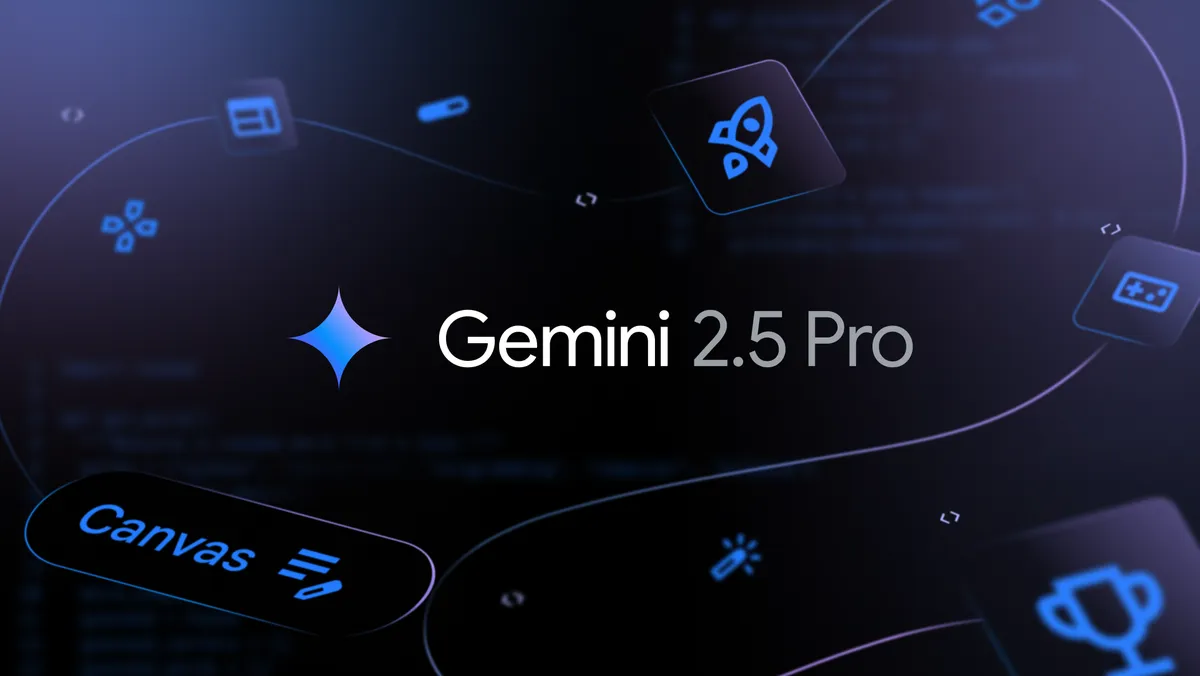Jetpack Compose has taken the Android development world by storm. Google’s modern toolkit for building native UIs replaces the traditional XML-based approach with a declarative Kotlin-based paradigm. While Compose solves many long-standing pain points, it also introduces a few new challenges.
In this blog, let’s explore the strengths and weaknesses of Jetpack Compose to help you decide whether it's right for your next Android project.
Strengths of Jetpack Compose
Declarative UI Simplifies Code
Compose allows you to define UI in a declarative style, similar to Flutter or React. Instead of updating views manually, you describe what the UI should look like based on the current state, and Compose handles the rest.
Text(text = if (isLoggedIn) "Welcome!" else "Please log in")This removes the need for findViewById() or ViewBinding, and makes the code easier to read, maintain, and test.
Seamless Kotlin Integration
Compose is built entirely in Kotlin. You get the full power of the language—lambdas, extension functions, coroutines—without any legacy Java baggage. This makes code more idiomatic and concise.
UI and State are Tightly Coupled
Compose embraces a reactive UI model. You define UI as a function of state, and changes in state
automatically update the UI.
remember, mutableStateOf, and LaunchedEffect are powerful tools
to manage state efficiently.
Highly Customizable and Extensible
Creating custom components in Compose is far easier compared to XML + custom views. You can build composables from scratch or modify existing ones with minimal boilerplate.
Live Preview and Hot Reload
Android Studio offers tools like Compose Preview and Live Edit that significantly improve the development feedback loop. You can view composables without building the entire app, reducing iteration time.
Material Design Support
Compose ships with robust support for Material Design 2 and 3, including theming, typography, and animations out-of-the-box.
Weaknesses of Jetpack Compose
Learning Curve
For developers used to XML layouts, data binding, and MVVM, the declarative style and concepts like
Composable, remember, and derivedStateOf require a mental
shift. It’s not a one-day learning curve.
Performance Can Be Tricky
While Compose is fast if used correctly, misuse of recomposition and poor state management can easily lead to janky UI or memory issues. Profiling and optimizing Compose apps still require deep understanding.
Incomplete Third-Party Library Support
Although many major libraries now support Compose, some older or niche ones don’t. You might find yourself writing interoperability layers between Compose and classic Views.
Tooling is Still Maturing
Features like Live Edit and Preview are promising but sometimes unreliable. Bugs in Android Studio’s Compose tooling can be frustrating, especially during complex UI development.
Migration Challenges
Integrating Compose into an existing app (especially large legacy projects) can be non-trivial. Mixing Compose and XML is possible but adds complexity, especially around navigation and state sharing.



